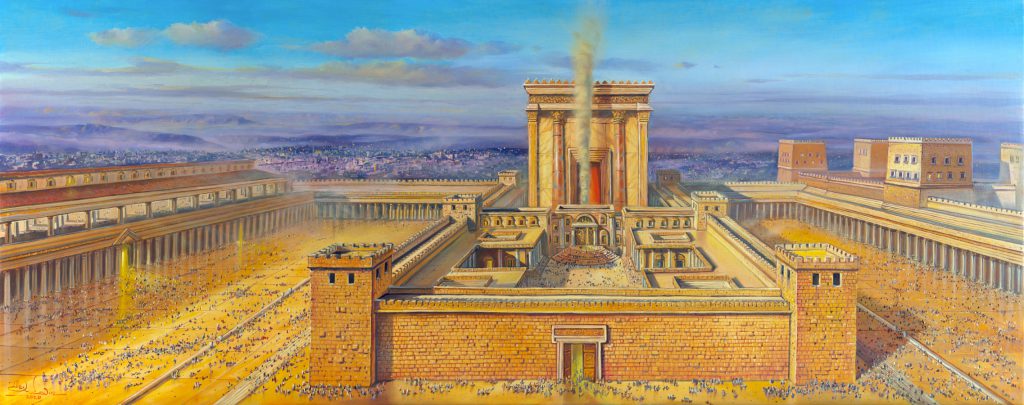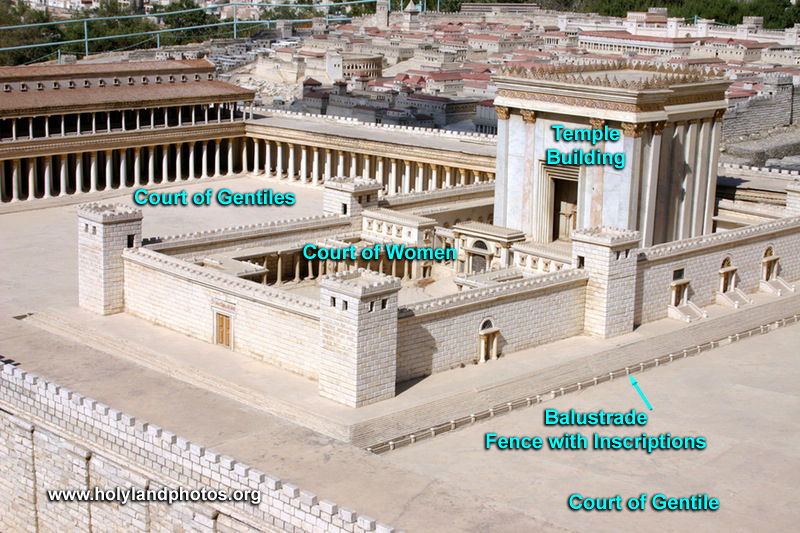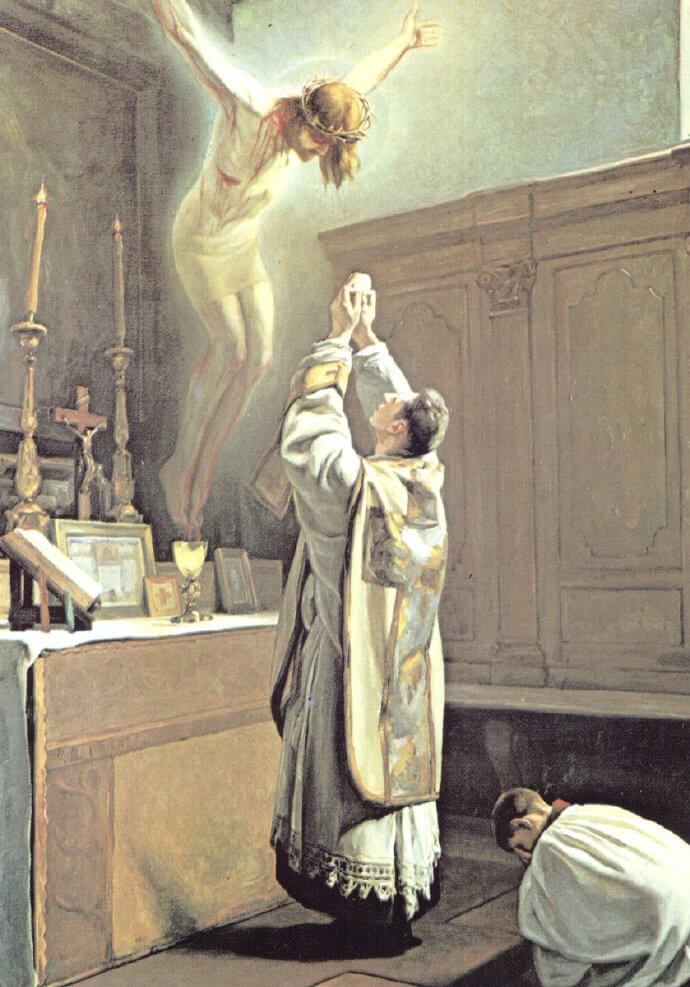Now that we’ve begun Holy Week, the holiest time of the year, we need to ask: Do we love God the way He wants? Let me explain. A good number of parents say something like this: ‘We love our children and they love us, but they don’t spend time with us, and they don’t want to. We call them, but they don’t call us.’ There’s a discrepancy between the love we want and the love people give us. There are likewise people who say, ‘My parents took care of all my needs, but they never said that they loved me.’ And some say, ‘My family says they love me but I still do the cooking and dishes!’
Who in our life doesn’t love us the way we want? Do your parents love you the way you need? Does your spouse? Your children? What about your family and friends?
And so we return to our main question: Do we love God the way He wants?
Let’s meditate on the Passion Narrative and see three truths: 1) how Jesus loves the Father the way He, the Father, wants; 2) how a person may love Jesus the way He wants; 3) how we can love God the Father the way He wants.
1) “Then Jesus gave a loud cry and breathed his last. And the curtain of the temple was torn in two, from top to bottom” (Mk 15:37-38). We’ve talked about the Temple many times because it was the one place on earth where God dwelt with His people.
Humanity has always been separated from God, but God reached out to us so that we could experience that He was with us. However, because God is holy and we’re not, there’s a separation between us. And so the Jewish people offered up sacrifices to express their gift of self to God; they were trying to show that they loved Him above all else.
But non-Jewish people, because they weren’t in a covenant with God, could only enter the outer precincts of the Temple. This area was called the Court of the Gentiles. And then there’s the Women’s courtyard, then the Priests’ Courtyard, then the Temple itself, and within the Temple there was the Holy Place, and even further the Holy of Holies, or in Latin, the Sanctum Sanctorum (Those who watch Marvel might now understand from where this term came). The Holy of Holies was separated by a huge veil, 60 feet tall, roughly one and half times taller than our ceiling; and only one priest, once a year, could enter it.
We need to understand how holy God is compared to us, that, even though He loves us, we’re not worthy to be in His presence. Imagine hurting the one person in the world who loves you most and hurting them in the worst possible way—we wouldn’t be worthy to come back.
Yet, God wants us to be in His presence, which is why Jesus came to bring us home. Furthermore, at the moment of His death, ‘the curtain of the temple was torn in two, from top to bottom,’ meaning that the separation between God and humanity, symbolized by the veil, was overcome. Now, finally, one person loves God the way He wants. God wants us to give our whole selves to Him the way He does to us. And Jesus’ obedience and love of the Father lead Him to die on the Cross, meaning that He’s giving everything to the Father. Finally, one man in all humanity finally loves God the Father the way He deserves.
2) “Now when the centurion, who stood facing him, saw that in this way he breathed his last, he said, ‘Truly this man was God’s Son!’” (Mk 15:39). Throughout St. Mark’s Gospel, one of the key themes is that people struggle to recognize Who Jesus really is. Even today, most think of Him as a good teacher but not God, and that’s why they don’t love Him. But, finally, as Jesus dies, this non-Jewish Roman guard recognizes that He’s God’s Son. Finally, someone accepts Who Jesus is! (Now, of course, our mother Mary knew this, but that’s not part of the context of St. Mark’s Gospel, and even St. Peter, in this Gospel, didn’t fully realize this.)
How did the centurion recognize this? Perhaps it’s because ‘Jesus gave a loud cry and breathed his last.’ This is strange because, as we’ve talked about, people who are being crucified aren’t able to breathe well. As they hang there, they lose their ability to breathe because their arms and legs can’t support the body anymore. So, Jesus should not have been able to take in a large breath and give a loud cry at the moment of death. This might have made the centurion realize that Jesus didn’t have His life taken away, but gave it up.
Also, we know from St. Luke’s Gospel that Jesus prayed for the forgiveness of those who were killing Him—this may also have touched the soldier’s heart, because only God could be this merciful. The point is: Finally, someone believes in Jesus’ true identity, and this is the love Jesus wants.
3) “While they were eating… he took a cup, and after giving thanks he gave it to them, and all of them drank from it. He said to them, ‘This is my blood of the covenant, which is poured out for many’” (Mk 14:22-24). Why does Jesus say ‘is poured out’? His death hasn’t happened yet. It’s because, during the Last Supper, in a mysterious but real way, Jesus’ self-offering on the Cross was made present. The offering at that table and on the Cross were the same, and this is why the Church has always taught that the Mass is the same offering of Jesus on the Cross now made present. (Now the Eucharistic prayer we have during Mass does say, ‘Will be poured out,’ and I’m not sure why, given that the Scriptures all have it in the present tense.)
I mentioned years ago that St. Augustine says there are four things to be considered in any sacrifice: who’s offering it, what’s being offered, to whom it’s being offered, and for whom it’s being offered.
So, when we pray at home, who’s doing the offering? We are. When we pray at Mass, who’s doing the offering? Jesus.
When we pray at home, what do we offer? Our work and love. When we pray at Mass, what do we offer? Jesus. This is a beautiful image that captures what happens during Mass:
When we pray at home, we sometimes forget about God, and sometimes we do many things not for Him but for ourselves. But, at Mass, it’s always done for Him.
Lastly, the good things we do at home are usually for our family, which is good, but, Jesus’ sacrifice is offered for the whole world.
So, participating at Mass means loving God the Father in the best possible way, the way He wants.
We’re now finishing up our five-part ‘Big Picture’ homily series and today, we’re considering worship. Let me praise God and affirm all of you. One sign that our community respects Jesus so much is that we think seriously about taking Communion. No one can tell why anyone does or does not take Communion, but the fact that sometimes people do and sometimes don’t indicates that we’re thinking about it and respect the Most Holy Eucharist, Jesus’ Body.
Also, our Sunday Mass consistency is overall very strong, and there is great reverence here. When I challenged everyone to keep the Holy Days of Obligation around Christmas and January 1st, the response was great. Finally, daily Mass attendance is good.
In conclusion, here are three things we can work on for the upcoming year: 1) If we’ve missed Sunday Mass in the past, let’s not be discouraged but go to Confession tonight and start fresh. When we love Jesus and once we make up our minds, we can make it every Sunday. 2) We all do well before we ourselves are baptized or our babies are baptized, or before First Communion or Confirmation—the test of love is: Do we come to Mass every Sunday after the Baptisms, First Communions, and Confirmations? We need to improve this. 3) It says today, “When they had sung the hymn, they went out to the Mount of Olives” (Mk 14:26). Jesus Himself sang! We’re going to work on this one later. The idea of coming to Mass and not wanting to participate in singing isn’t the Christian spirit!
We all wish people would love us the way we need. Let’s continue and even try to improve loving God the way He wants.




